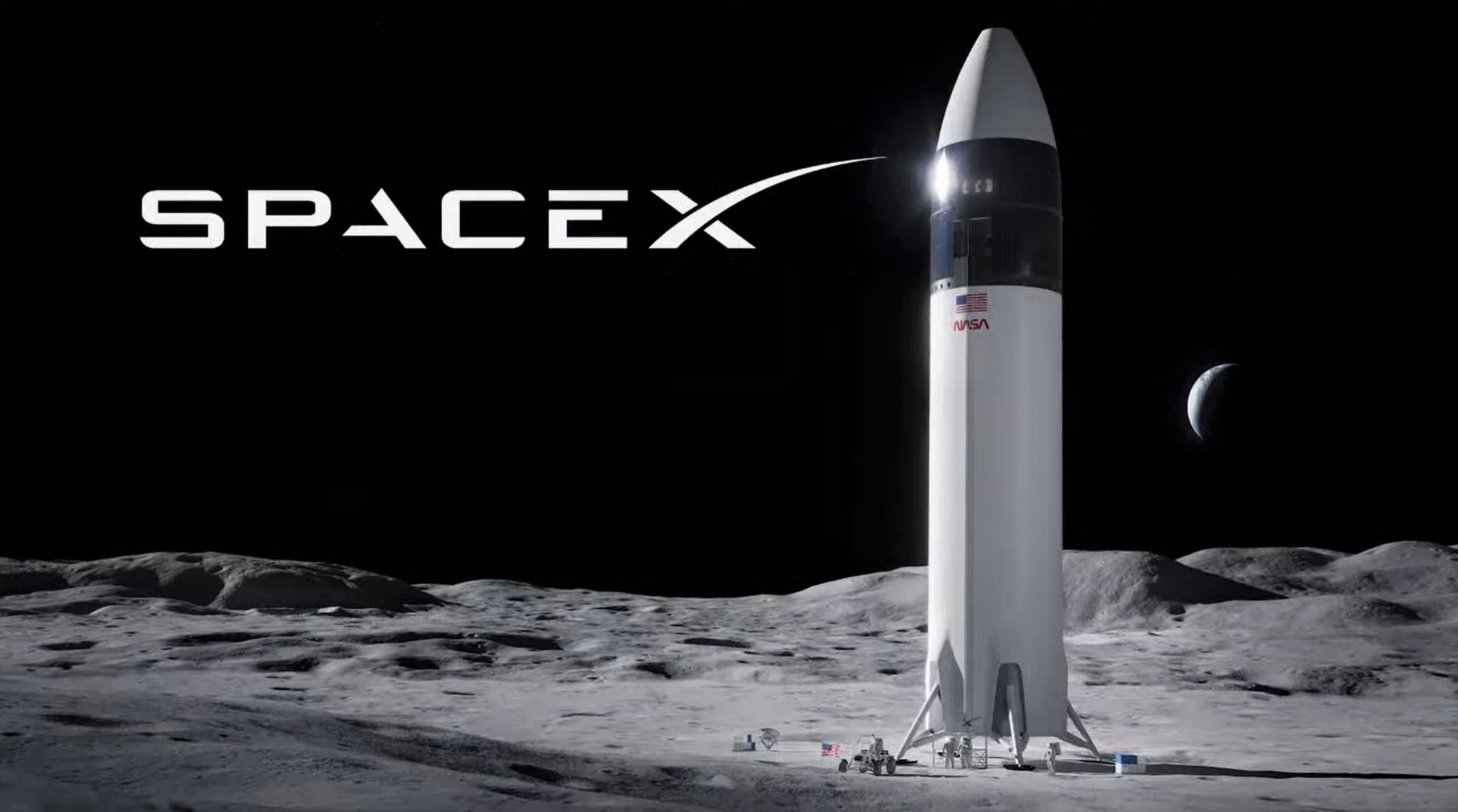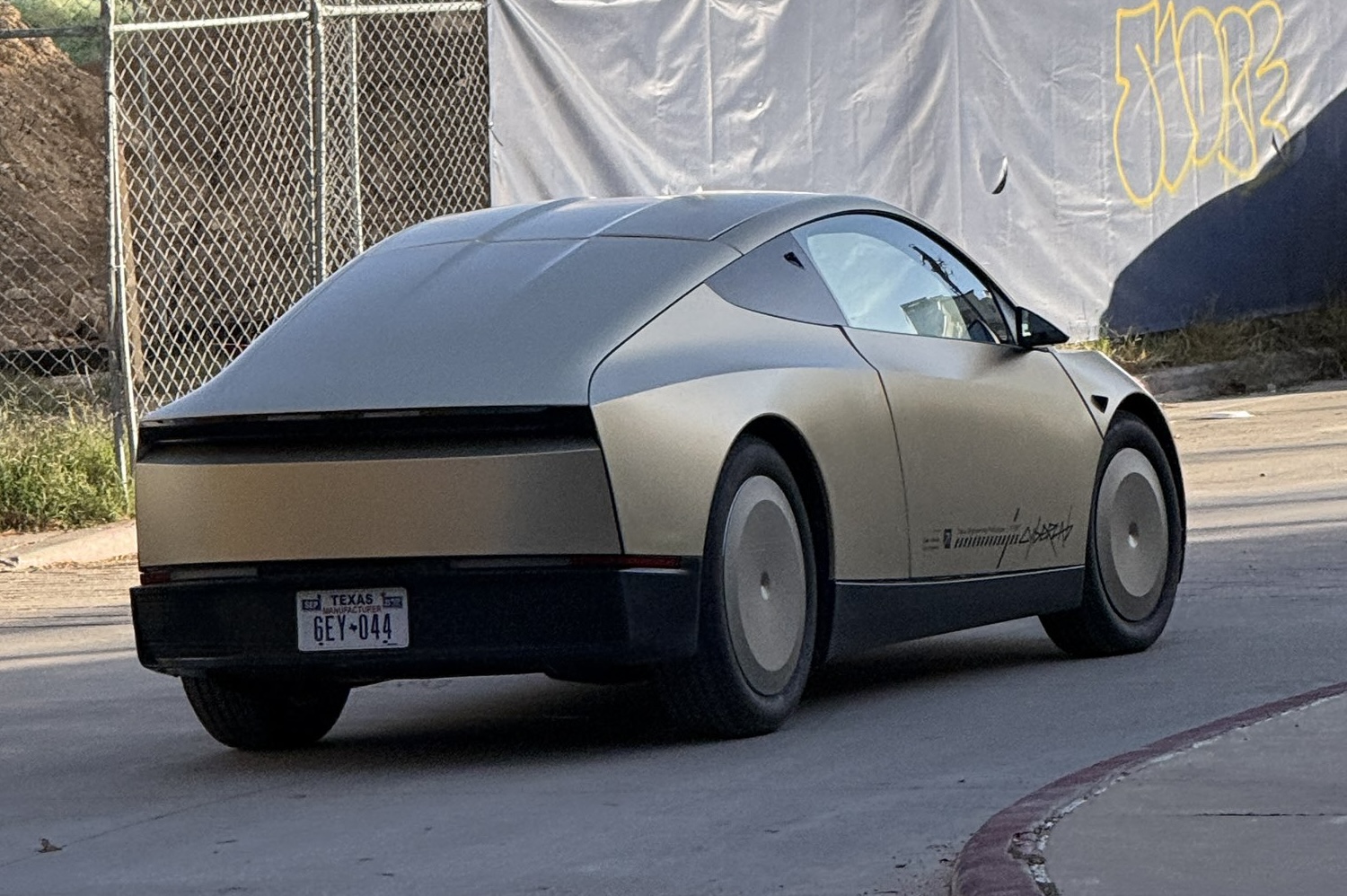

News
SpaceX receives first major Starship Moon lander funding from NASA
SpaceX has received its first major funding from NASA for the development of a crewed Starship Moon lander meant to return humans to the surface of Earth’s nearest neighbor as early as 2024.
Ordinarily, funding disbursement is just a routine, mundane part of government contracting. However, soon after NASA revealed that it had selected SpaceX – both the most technically sound proposal and cheapest option by half – alone to return humanity to the Moon, former competitors Dynetics and Blue Origin both filed protests complaining about the space agency’s conclusions. As a direct result, NASA was forced to freeze work on SpaceX’s brand new Human Landing System (HLS) contract and collaboration between both partners was strictly limited until both protests could be evaluated.
Technically, the US Government Accountability Office (GAO) tasked with those reviews had 100 days from the date the protests were filed (April 26th) to complete the process. On July 30th, 95 days later, GAO announced that it had firmly denied both Dynetics’ and Blue Origin’s protests. As it turns out, likely just hours after GAO released its decision, NASA sent SpaceX its first major HLS Starship milestone payment.
As part of the $2.9 billion contract SpaceX won to develop a crewed Starship lander and perform at least two major test flights of the vehicle, one uncrewed and one crewed, NASA wasted no time at all sending SpaceX its first milestone payment of $300 million. In one fell swoop, NASA has thus doubled the amount of money it’s invested to date in SpaceX’s next-generation, fully-reusable Starship launch vehicle.
Per GAO’s July 30th decision document, NASA reportedly only had ~$350 million left to fund its FY2021 HLS Option A awardee(s) – almost all of which has now been sent to SpaceX. Despite the fact that the Dynetics and Blue Origin protests all but completely prevented NASA from making progress on HLS, they didn’t prevent SpaceX from continuing work at a breakneck pace. Notably, even with that $300M payment and a ~$140M HLS requirements contract Starship received in 2020, NASA has still disbursed less HLS funding to SpaceX than Blue Origin’s National Team, which received almost $480M to develop its own lander before SpaceX was crowned.
In fact, SpaceX simply continued as if those protests and their associated obstructions didn’t exist. In early May, for the first time ever, SpaceX successfully launched a full-scale Starship prototype to 10 km (~6.2 mi) and gently landed the massive rocket in one piece. The Starship tankers SpaceX’s HLS lander missions will require will ultimately rely on the exact same exotic recovery approach – an approach that SpaceX has now unequivocally proven works.
Around the same time, SpaceX began assembling a skyscraper-sized ‘launch tower’ that will be tasked with fueling Starship and eventually catching Super Heavy boosters. A few days before GAO denied the HLS Option A protests and allowed NASA to get back to work, SpaceX stacked that launch tower to its final ~145m (~475 ft) height, completing the basic structure. Plenty of outfitting remains, including the installation of the giant arms that will hopefully one day catch and fuel Starship stages, but that work is also progressing quickly.
In the three months NASA’s HLS program has been frozen in place, SpaceX also built, proof tested, and static fired a ~69m tall (~227 ft) Super Heavy booster (B3) for the first time, more or less completed the first orbital-class Starship prototype (S20), nearly finished another full-scale Super Heavy (B4), collectively installed 35 Raptors on both vehicles in about two days, and briefly stacked Ship 20 atop Booster 4 – creating the largest, tallest rocket ever assembled.
In short, even with no guarantee that it would ever receive any of the $2.9 billion NASA awarded it, SpaceX continued Starship development at a breakneck pace and – according to Elon Musk – could technically be ready for the rocket’s first orbital launch attempt “in a few weeks.” In the background, SpaceX also almost certainly completed a great deal of paperwork and deliverables that NASA was finally able to accept and review once unshackled. Ever the optimist, despite the hurdles, CEO Elon Musk still believes that SpaceX will not only deliver its Starship Moon lander – and thus NASA astronauts to the lunar surface – on time, but “probably sooner” than the 2024 target.

Elon Musk
Delaware Supreme Court reinstates Elon Musk’s 2018 Tesla CEO pay package
The unanimous decision criticized the prior total rescission as “improper and inequitable,” arguing that it left Musk uncompensated for six years of transformative leadership at Tesla.

The Delaware Supreme Court has overturned a lower court ruling, reinstating Elon Musk’s 2018 compensation package originally valued at $56 billion but now worth approximately $139 billion due to Tesla’s soaring stock price.
The unanimous decision criticized the prior total rescission as “improper and inequitable,” arguing that it left Musk uncompensated for six years of transformative leadership at Tesla. Musk quickly celebrated the outcome on X, stating that he felt “vindicated.” He also shared his gratitude to TSLA shareholders.
Delaware Supreme Court makes a decision
In a 49-page ruling Friday, the Delaware Supreme Court reversed Chancellor Kathaleen McCormick’s 2024 decision that voided the 2018 package over alleged board conflicts and inadequate shareholder disclosures. The high court acknowledged varying views on liability but agreed rescission was excessive, stating it “leaves Musk uncompensated for his time and efforts over a period of six years.”
The 2018 plan granted Musk options on about 304 million shares upon hitting aggressive milestones, all of which were achieved ahead of time. Shareholders overwhelmingly approved it initially in 2018 and ratified it once again in 2024 after the Delaware lower court struck it down. The case against Musk’s 2018 pay package was filed by plaintiff Richard Tornetta, who held just nine shares when the compensation plan was approved.
A hard-fought victory
As noted in a Reuters report, Tesla’s win avoids a potential $26 billion earnings hit from replacing the award at current prices. Tesla, now Texas-incorporated, had hedged with interim plans, including a November 2025 shareholder-approved package potentially worth $878 billion tied to Robotaxi and Optimus goals and other extremely aggressive operational milestones.
The saga surrounding Elon Musk’s 2018 pay package ultimately damaged Delaware’s corporate appeal, prompting a number of high-profile firms, such as Dropbox, Roblox, Trade Desk, and Coinbase, to follow Tesla’s exodus out of the state. What added more fuel to the issue was the fact that Tornetta’s legal team, following the lower court’s 2024 decision, demanded a fee request of more than $5.1 billion worth of TSLA stock, which was equal to an hourly rate of over $200,000.
Delaware Supreme Court Elon Musk 2018 Pay Package by Simon Alvarez
News
Tesla Cybercab tests are going on overdrive with production-ready units
Tesla is ramping its real-world tests of the Cybercab, with multiple sightings of the vehicle being reported across social media this week.

Tesla is ramping its real-world tests of the Cybercab, with multiple sightings of the autonomous two-seater being reported across social media this week. Based on videos of the vehicle that have been shared online, it appears that Cybercab tests are underway across multiple states.
Recent Cybercab sightings
Reports of Cybercab tests have ramped this week, with a vehicle that looked like a production-ready prototype being spotted at Apple’s Visitor Center in California. The vehicle in this sighting was interesting as it was equipped with a steering wheel. The vehicle also featured some changes to the design of its brake lights.
The Cybercab was also filmed testing at the Fremont factory’s test track, which also seemed to involve a vehicle that looked production-ready. This also seemed to be the case for a Cybercab that was spotted in Austin, Texas, which happened to be undergoing real-world tests. Overall, these sightings suggest that Cybercab testing is fully underway, and the vehicle is really moving towards production.
Production design all but finalized?
Recently, a near-production-ready Cybercab was showcased at Tesla’s Santana Row showroom in San Jose. The vehicle was equipped with frameless windows, dual windshield wipers, powered butterfly door struts, an extended front splitter, an updated lightbar, new wheel covers, and a license plate bracket. Interior updates include redesigned dash/door panels, refined seats with center cupholders, updated carpet, and what appeared to be improved legroom.
There seems to be a pretty good chance that the Cybercab’s design has been all but finalized, at least considering Elon Musk’s comments at the 2025 Annual Shareholder Meeting. During the event, Musk confirmed that the vehicle will enter production around April 2026, and its production targets will be quite ambitious.
News
Tesla gets a win in Sweden as union withdraws potentially “illegal” blockade
As per recent reports, the Vision union’s planned anti-Tesla action might have been illegal.

Swedish union Vision has withdrawn its sympathy blockade against Tesla’s planned service center and showroom in Kalmar. As per recent reports, the Vision union’s planned anti-Tesla action might have been illegal.
Vision’s decision to pull the blockade
Vision announced the blockade in early December, stating that it was targeting the administrative handling of Tesla’s facility permits in Kalmar municipality. The sympathy measure was expected to start Monday, but was formally withdrawn via documents sent to the Mediation Institute and Kalmar Municipality last week.
As noted in a Daggers Arbete report, plans for the strike were ultimately pulled after employer group SKR highlighted potential illegality under the Public Employment Act. Vision stressed its continued backing for the Swedish labor model, though Deputy negotiation manager Oskar Pettersson explained that the Vision union and IF Metall made the decision to cancel the planned strike together.
“We will not continue to challenge the regulations,” Petterson said. “The objection was of a technical nature. We made the assessment together with IF Metall that we were not in a position to challenge the legal assessment of whether we could take this particular action against Tesla. Therefore, we chose to revoke the notice itself.”
The SKR’s warning
Petterson also stated that SKR’s technical objection to the Vision union’s planned anti-Tesla strike framed the protest as an unauthorized act. “It was a legal assessment of the situation. Both for us and for IF Metall, it is important to be clear that we stand for the Swedish model. But we should not continue to challenge the regulations and risk getting judgments that lead nowhere in the application of the regulations,” he said.
Vision ultimately canceled its planned blockade against Tesla on December 9. With Vision’s withdrawal, few obstacles remain for Tesla’s long-planned Kalmar site. A foreign electrical firm completed work this fall, and Tesla’s Careers page currently lists a full-time service manager position based there, signaling an imminent opening.








